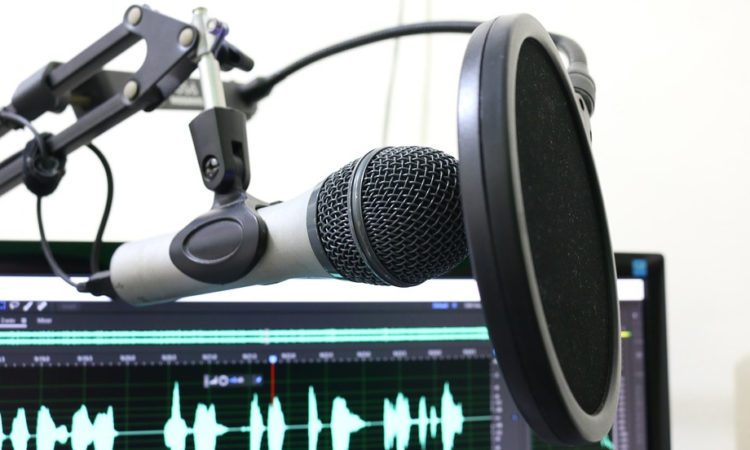Last Updated on September 1, 2020
I’ve written a few reviews of podcast players including the console based castero, and the graphical CPod. This time, I’m going to examine Poddr, a graphical podcast player that shares similarities with CPod. For example both are web-technologies based using the Electron framework.
A podcast is a form of digital media consisting of an episodic program downloaded or streamed over the Internet using an XML protocol called RSS. Podcast episodes can be audio radio, video files, PDFs, or ePub files. These episodes can be viewed and listened to on a number of different devices including computers, portable media players, and smartphones.
The publisher or broadcaster podcasts the program by offering the episodes and the XML document to a web server. Whilst large media corporations are prominent publishers of podcasts, almost anyone can publish them, as often or as infrequent as they wish. Podcasts are a great way of keeping up to date with the latest news, reviews, banter, gossip, to deepen your understanding of the world we live in, and much more.
Podcasting lets listeners automatically receive the latest episodes of their chosen programmes as soon as they are released. This operation is made very simple by using the appropriate client software. The consumer can subscribe to the podcast and automatically check for and download new episodes, or download episodes of a podcast series individually.
Installation
The developer offers users simple installation with cross-distribution packages. There’s an AppImage available. AppImage is a format for distributing portable software on Linux without needing superuser permissions to install the application. All that’s required is to download the AppImage, and make the file executable by typing:
$ chmod u+x Poddr.1.1.0.AppImage
If you prefer snaps, you’re in luck too. Just head over to snapcraft.io and you can install the snap.
Alternatively, there’s the full source code to build. You can build your own AppImage and snap package with the following steps:
$ git clone https://github.com/Sn8z/Poddr.git
$ cd Poddr
$ yarn install
The software can be packaged, creating an AppImage and a snap in the Poddr/dist directory by typing:
$ yarn run dist:linux
It’s also possible to build packages for specific distributions. I’ll be tackling building a Debian package, but this is out of scope for this article.
There are binaries for Windows and macOS operating systems. But I don’t have the time to test the software on these platforms. You’re welcome to post your feedback in the comments section below of course.
Next page: Page 2 – In Operation
Pages in this article:
Page 1 – Introduction / Installation
Page 2 – In Operation
Page 3 – Other Features
Page 4 – Memory Comparison
Page 5 – Summary
